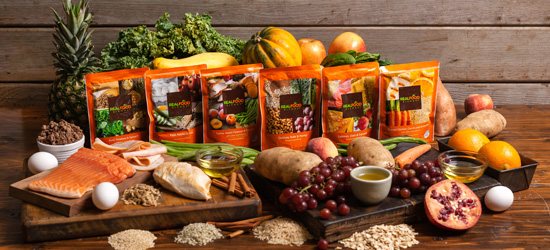
This is a special guest blog post by Alissa Rumsey MS, RD, CDN, CSCS
Alissa  Rumsey MS, RD, CDN, CSCS is a nationally recognized Registered Dietitian based in New York City. While working in the intensive care unit at New York-Presbyterian Hospital, Alissa quickly saw the long-term effects that poor nutrition and physical inactivity could have on the body. After working for six years with critically ill adults, she developed Alissa Rumsey Nutrition & Wellness Consulting to help others improve their health and wellbeing. For more information about Alissa, visit http://www.blenderizeddietrd.com/ and http://www.alissarumsey.com/.
Rumsey MS, RD, CDN, CSCS is a nationally recognized Registered Dietitian based in New York City. While working in the intensive care unit at New York-Presbyterian Hospital, Alissa quickly saw the long-term effects that poor nutrition and physical inactivity could have on the body. After working for six years with critically ill adults, she developed Alissa Rumsey Nutrition & Wellness Consulting to help others improve their health and wellbeing. For more information about Alissa, visit http://www.blenderizeddietrd.com/ and http://www.alissarumsey.com/.
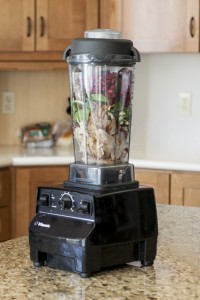
I will never forget the first person I worked with who used real food with their feeding tube. It was a few years into my career working in the intensive care unit at New York’s #1 hospital, and I thought I knew everything there was to know about tube feeding. This patient changed all of that. His family was adamant that we give him real food through his PEG tube. I was more than a little hesitant, having been trained only to use canned formulas, but they were going to do this with or without me, so I decided to help them start a blenderized diet. As we started giving him real food through his feeding tube I saw an immediate positive change. His belly bloating disappeared, his reflux improved and he began to have more regular and normal bowel movements. I saw firsthand the benefits of using a blended diet made up of a variety of real foods for people with feeding tubes. I began not only educating others on how to do this, but working with more people with feeding tubes to help them optimize their nutrition and improve their quality of life.
Over the past fe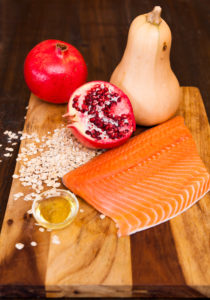 w years, I’ve seen a surge in requests from people with feeding tubes (and their families/caregivers) for real food tube feeds. As a whole, people are realizing the value of eating a wide variety of whole, real foods, and now people with feeding tubes are realizing they can still do the same. When my clients read the nutrition label on the commercial canned formulas, they see things like: corn or rice syrup, canola oil, Soy Protein Isolate, and a lot of processed/synthetic ingredients; understandably they want a more natural and REAL food option. Research is catching up too; with more and more studies showing the benefits of blended real food diets for people with feeding tubes.
w years, I’ve seen a surge in requests from people with feeding tubes (and their families/caregivers) for real food tube feeds. As a whole, people are realizing the value of eating a wide variety of whole, real foods, and now people with feeding tubes are realizing they can still do the same. When my clients read the nutrition label on the commercial canned formulas, they see things like: corn or rice syrup, canola oil, Soy Protein Isolate, and a lot of processed/synthetic ingredients; understandably they want a more natural and REAL food option. Research is catching up too; with more and more studies showing the benefits of blended real food diets for people with feeding tubes.
 I have helped dozens of people transition to a partial or fully blended real food tube feeding diet. All of my patients that transition off of traditional formulas over to a complete real food diet packed with a wide variety of things like beef, poultry, fish, vegetables, fruits and grains, experience a tremendous improvement in their gastrointestinal function. Their abdominal bloating goes away; their bowel movements become more regular (and they can often stop using bowel management medications); any reflux or nausea associated with feeding significantly improves. If you have issues tolerating higher volumes of formula, using real food blended meals also often allows you to take in a larger amount with no problems. One of my patients had been on a commercial tube feeding formula for months, but had such severe nausea and reflux that he was getting in less than half the calories he needed. After having just one blended food meal he felt such an immediate improvement in his symptoms that he refused to use any more commercial formula and quickly transitioned to a full blended diet.
I have helped dozens of people transition to a partial or fully blended real food tube feeding diet. All of my patients that transition off of traditional formulas over to a complete real food diet packed with a wide variety of things like beef, poultry, fish, vegetables, fruits and grains, experience a tremendous improvement in their gastrointestinal function. Their abdominal bloating goes away; their bowel movements become more regular (and they can often stop using bowel management medications); any reflux or nausea associated with feeding significantly improves. If you have issues tolerating higher volumes of formula, using real food blended meals also often allows you to take in a larger amount with no problems. One of my patients had been on a commercial tube feeding formula for months, but had such severe nausea and reflux that he was getting in less than half the calories he needed. After having just one blended food meal he felt such an immediate improvement in his symptoms that he refused to use any more commercial formula and quickly transitioned to a full blended diet.
Using real food through a feeding tube can lead to a significant improvement in your quality of life. Not only can you (or your loved one) eat at regular mealtimes, but you can often eat the same foods that your family members are having – and you no longer have to eat 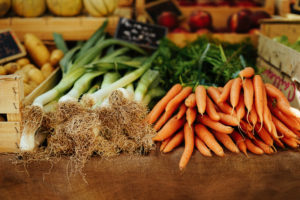 the same formula/stuff over and over and over again for every meal. You can smell the food that is going into your tube (which my patients tell me smells significantly better than canned formula – and I agree!) and even taste the food when you burp. I once had a patient call me, ecstatic, after he put a blended omelet through his PEG tube (G-Tube) and was able to smell, and even slightly taste, the bacon he had added. Family members and caregivers enjoy real food tube feeds more too, as they can cook once again and prepare actual real food for their loved ones. Overall, the feeding experience is much more normal.
the same formula/stuff over and over and over again for every meal. You can smell the food that is going into your tube (which my patients tell me smells significantly better than canned formula – and I agree!) and even taste the food when you burp. I once had a patient call me, ecstatic, after he put a blended omelet through his PEG tube (G-Tube) and was able to smell, and even slightly taste, the bacon he had added. Family members and caregivers enjoy real food tube feeds more too, as they can cook once again and prepare actual real food for their loved ones. Overall, the feeding experience is much more normal.
The unfortunate reality for myself and other RDs up until the last few years is that we KNOW a whole food, blended diet is best for almost all tube-fed patients but we have to make sure that a family / caregiver can handle the responsibility of making and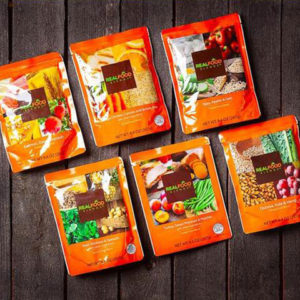
storing the food safely, not to mention the financial burden that blended diets can mean (the blender is expensive, and the grocery bills are not covered by insurance the way that most formulas are.) This is a big reason why I love Real Food Blends – I can now proactively recommend a blended diet that consists of a wide variety of real foods to the vast majority of my patients without these concerns. The meals are just as easy to use as formula, don’t require any special equipment and are typically covered by insurance. I also love that my patients that are able to blend fresh foods at home now have easy access to a variety of whole foods when traveling, in-patient or, like we all have, days when you just don’t feel like cooking!
For tube-fed adults and children who are candidates for blended diets (and most are), I always recommend incorporating at least some real food through their feeding tube, even if that’s just starting with swapping out one can of formula with one blended real food meal per day. As one of my patients once said, “The commercial formulas may be lifesaving, but real food is life sustaining and makes me feel human again.”
What benefits have you or your family members seen since using real foods in your/their feeding tubes? Share with us in the comments below and share this blog post via your own social media networks to let others know about the benefits of real food for people with feeding tubes.
Ms. Rumsey was compensated for her time and insights.


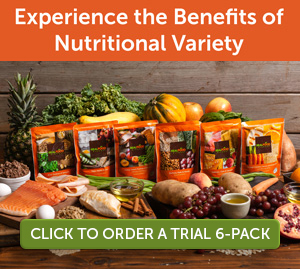
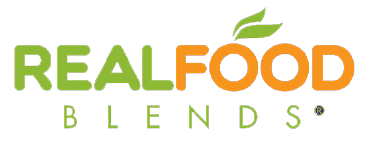


Thank you for this. One of our special RN’s just brought us a sample of your Real Foods blend…Salmon squash and oatmeal. THEE best Christmas gift this season.
I have struggled to shop,cleanse, puree real food for my husband this past year.
He has recurring PS’s, awful re-flux = bad breath with repeat pneumonia. Organic Baby food does not have the total nutrition he needs. With our small budget and my CG of him 14 hr days; well this is hard for me to express all that I am feeling at this moment.
I am not being negative for the canned foods tho both of us notice how he is never thriving on just these liquids. After just giving him this sample (which I shared) He burped, smiled and made it known his tummy felt “full” and no upset! I liked the overall taste, smell, and texture. Thank you again.